Published: 31st March 2023 | Author: Tanya Russell
If you are the proud owner of a bronze sculpture, or are considering purchasing a bronze sculpture, it’s important to understand how to properly look after and maintain your artwork in order to get the most out of it. Bronze is a resilient and long lasting material that you will enjoy for many years on display. However, as with all things, proper care and maintenance can be important in keeping it clean and looking it’s best.
Getting Started with Bronze Sculpture Maintenance
Maintenance will differ depending on whether your sculpture is:
- Outdoors,
- Indoors
- Coloured (ie. not a traditional bronze colour).
This step-by-step guide outlines the steps for both Bronze Resin and Foundry Bronze metal statues. The maintenance of both materials is almost the same.
Do Not Use:
- Abrasive brushes or pads
- Cleaning chemicals
- Paint
All of these materials can cause damage the surface or the colour of your bronze statue, and could cause a need to repair it.
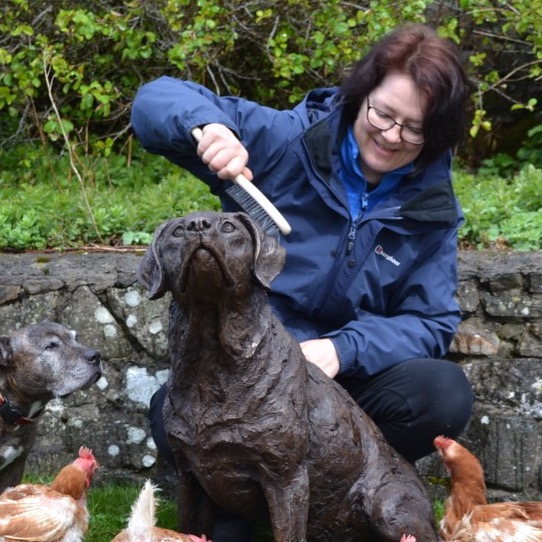
Outdoor Bronze Sculpture Placement
Maintenance starts with the placement of your sculpture! You can significantly reduce maintenance time on an outdoor sculpture by:
- Avoiding placing your sculpture beneath an oak tree. Oak trees leach tannins, which can stain marquees, outdoor furniture and sculptures.
- Be considerate of flowerbeds. If you place a sculpture in a flowerbed, be aware that chemicals in the soil of the flower-bed (particularly soil enrichers) can cause colouration around the sculpture’s feet as rain splashes soil over the base of your sculpture. Most often this presents as a green powder called verdigris. Placing the sculpture on a small slab of stone or concrete in the flower bed can minimise enriched soil interacting with your sculpture.
- Keep textured sculpture away from trees. If your sculpture has a lot of upward facing, deep texture, (for example, our life-sized Wiggling Spaniel), you may wish to site it away from trees that drop a lot of leaves, blossoms or berries, simply because the texture can catch a lot of debris.
- Avoid placement under tree branches. Similarly, moving your sculpture out from underneath branches frequented by birds will reduce the amount of bird poo on your sculpture.
Happily, most staining issues can be solved with a clean and a re-wax.
If your house is near the coast you may wish to clean and rewax twice a year, to protect against faster greening. And we recommend you not place a Foundry Bronze metal statue within seawater or in a swimming pool (see “Can Bronze corrode? The simple answer is no,” at the end of this article).
Intentionally coloured bronze should normally only be waxed using a clear wax, to preserve the patina (colour), while unintentional greening can be treated using the cleaning and waxing process.
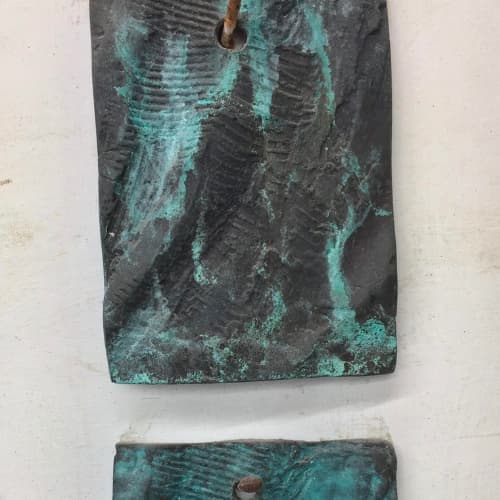
Bronze can be coloured green (called verdigris) when made.
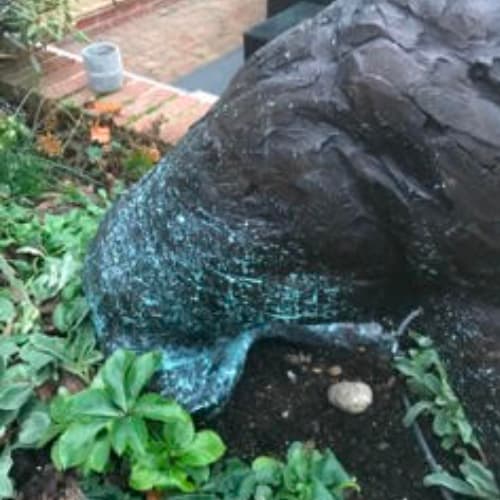
Greening (verdigris) can be caused by chemicals in the environment, like soil enrichers in a flower bed.
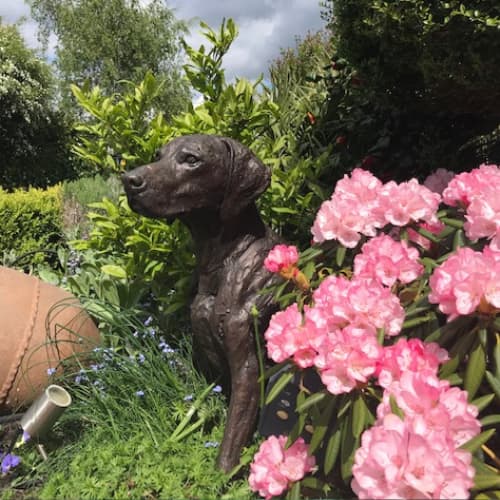
Greening usually only affects Foundry Bronze metal statues, and it can be brushed off with a stiff nylon brush and then stained with a wax like Black Bison ‘Medium Oak’
Cleaning and Waxing Your Outdoor Bronze Sculpture
Wait for a warm, sunny day to clean your sculpture. This will aid you in the waxing stage. (Alternatively, wax your sculpture using a liquid wax, or if you are cleaning it indoors, keep your hairdryer handy for later!)
Waxing your sculpture will protect the colour from the weather. If you are cleaning a Bronze Resin sculpture, the wax will also help protect the material from the elements and make it last longer. Foundry Bronze metal is weatherproof, but the colour is still vulnerable.
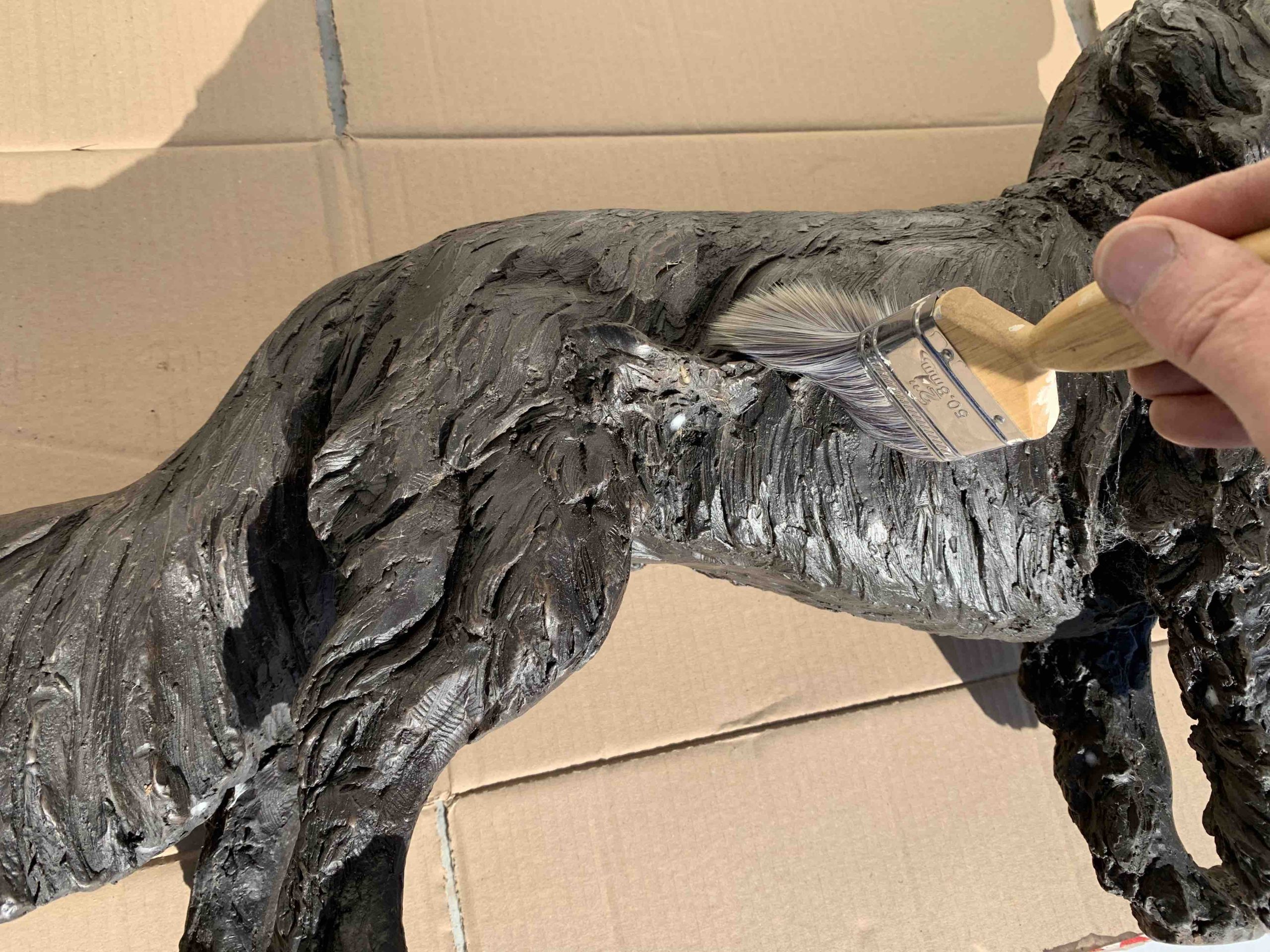
Clean the loose dirt and cobwebs off your bronze statue with a paint brush.
Remember to place your statue down gently on a soft surface, particularly as the detail on a Bronze Resin statue could be damaged if you knock it on a hard surface!
Step 1: Select Your Wax
If you have a coloured bronze, or if your sculpture is bronze colour and you like the way it is looking, then choose a natural or clear furniture wax. (We recommend Black Bison Wax – Natural).
If your sculpture is a bronze colour, and the colour is looking a little faded, or you have not waxed it for two or three years, choose a medium brown furniture wax. (We recommend Black Bison – Medium Oak).
Step 2: Clean The Surface of Your Statue
First, use the bristles of a paint brush to remove cobwebs and debris from deeply textured areas.
Do not use abrasive brushes, nylon pads or wire wool pads to clean your sculpture.
Second, use a nylon brush to remove stubborn bird poo marks. A double headed nylon brush is provided in our outdoor cleaning set.
If you bought a bronze coloured Foundry Bronze metal sculpture and it has turned green in places (called verdigris), but you do not like the colour, then rub the green area vigorously with your nylon brush until most of the verdigris has come off in a dusty film. Select a wax with a stain, rather than a clear wax to deal with verdigris residue.
Step 3: Clean Your Statue with Water & Towel Dry
Third, clean your sculpture using water and a soft brush or wet cloth.
Remember, do not use cleaning chemicals on your sculpture.
Because bronze is coloured chemically (and using heat), cleaning chemicals on your sculpture can change the colour.
Once your sculpture is cleaned off, dry the sculpture with an old towel to prevent streaks.
If you do not dry the sculpture, dirt will reappear on the artwork once the water it is suspended in evaporates.
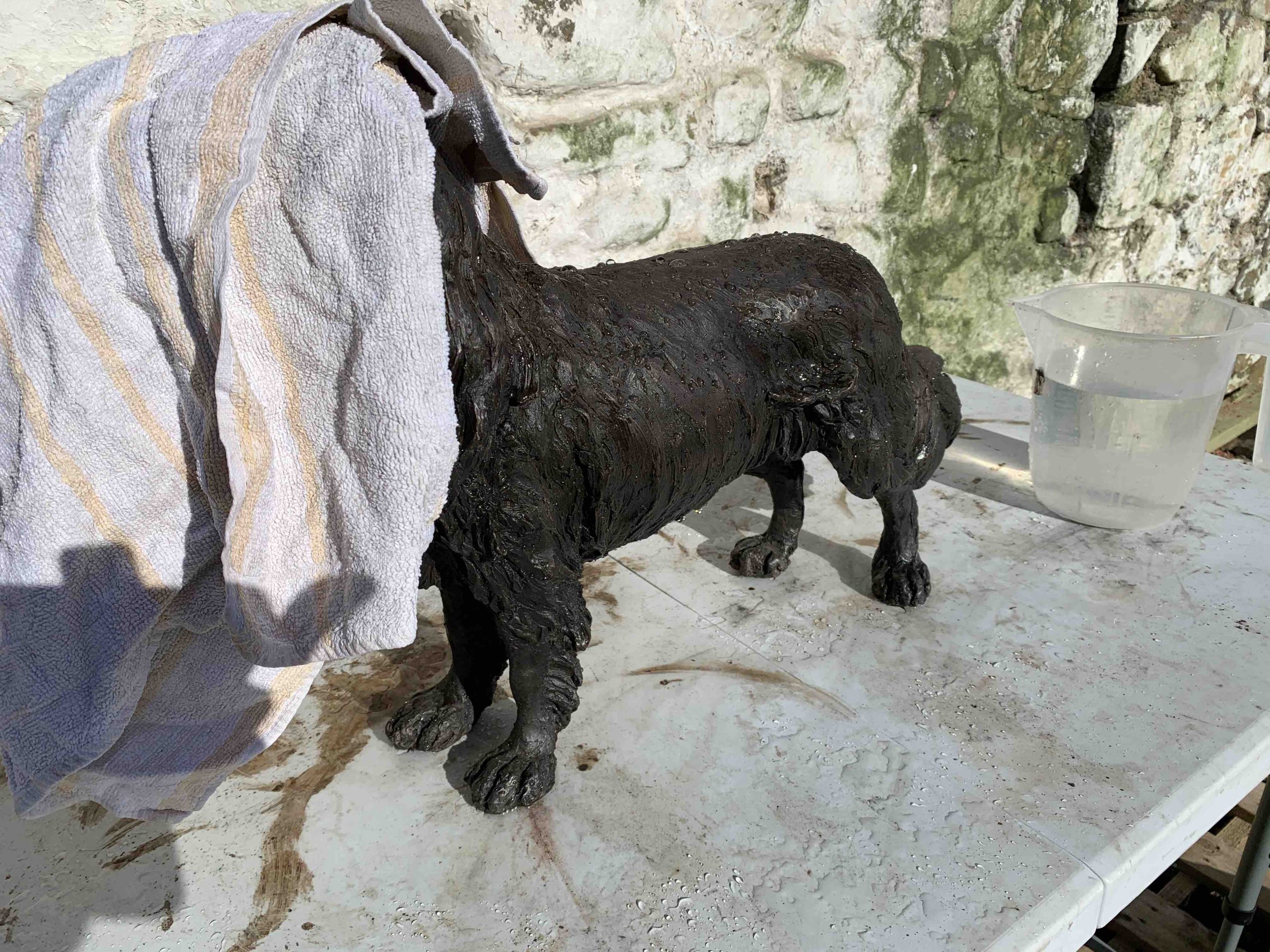
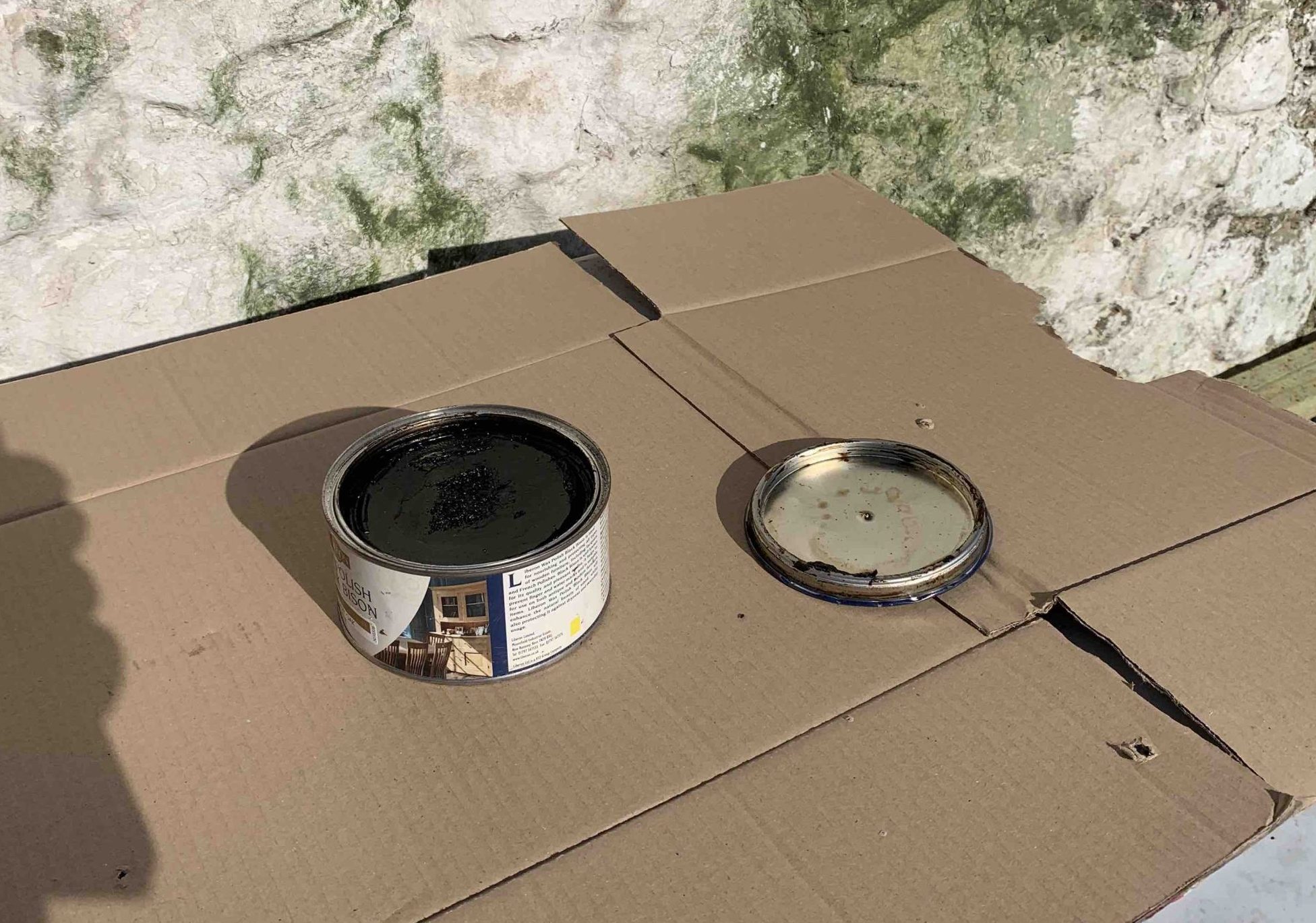
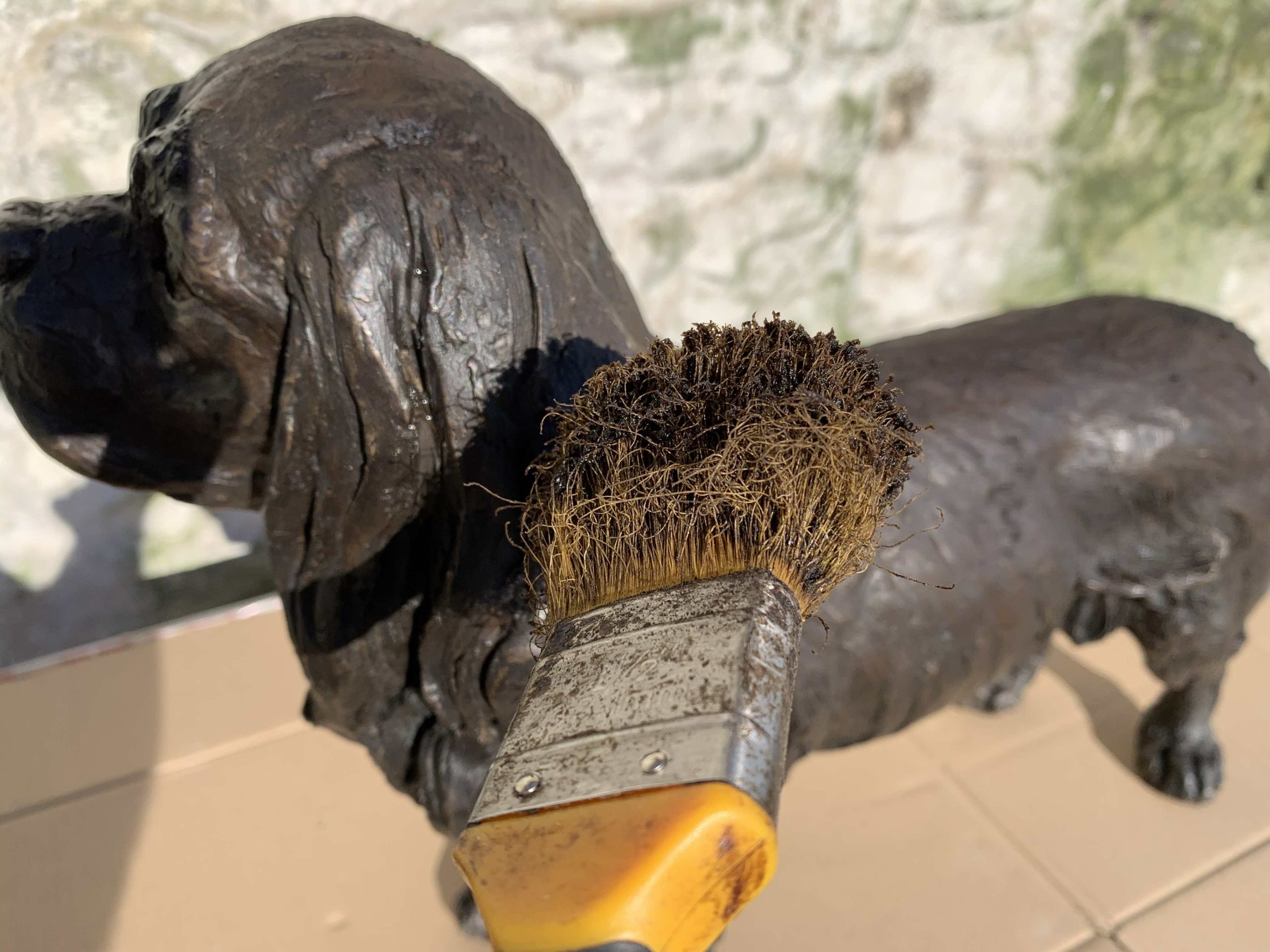
Step 4: Wax Your Statue & Protect it For Another Year
Apply a thin layer of wax from the tin with a paint-brush. Careful: wax can stain! Avoid nice clothing and carpets!
Apply the wax with a stippling motion (a dabbing motion) to help the wax reach deeper detail.
There is no need to wax beneath the underside of the sculpture, which is in contact with the ground.
As you apply the wax, use the paint brush to push wax from areas where you have applied it thickly, to areas you have not reached yet. Applying the wax too thickly will cause the buffing stage to take longer and waste wax.
If you are waxing your sculpture indoors, or if the wax has not got soft in the tin, then you can use a hair dryer to speed the process.
Heat an area of surface of the sculpture with hair dryer until the wax turns more liquid when applied to the heated surface. This will help you move the wax around the surface of the sculpture more easily.
Important Warning: using a hair dryer speeds the waxing process, but if you are cleaning a Bronze Resin, you must be very careful not to overheat the resin by holding the heat on one area for a long time. Very high temperatures can cause cracking – so you may warm the area until the wax turns more liquid, but then must redirect the hair dryer.
Step 5: Buff off the Wax & Give it a Nice Shine
Check that you have applied wax to the whole surface of the sculpture, (except the underside in contact with the ground). Then leave the sculpture for 20 minutes, to allow the wax to cool.
If it is a hot day, it may not fully cool in all areas – but you can still proceed to the next stage after 20 minutes.
Next, buff the sculpture using a soft brush (like a boot brush). If you have purchased a Bronze Resin, place your thumb over the end of the wooden handle, to avoid knocking the statue with the wood. Please take care, and remember that detailing can be fragile!
It is very important to thoroughly buff your sculpture, because residual wax can cause accidental staining of hands or clothes on a warm day.
Perform a final buff using a lint-free cloth. This will bring your sculpture up to an appealing shine.
Pick free any loose threads with fingers, or carefully with tweezers.
Your sculpture should now be well protected for another year.
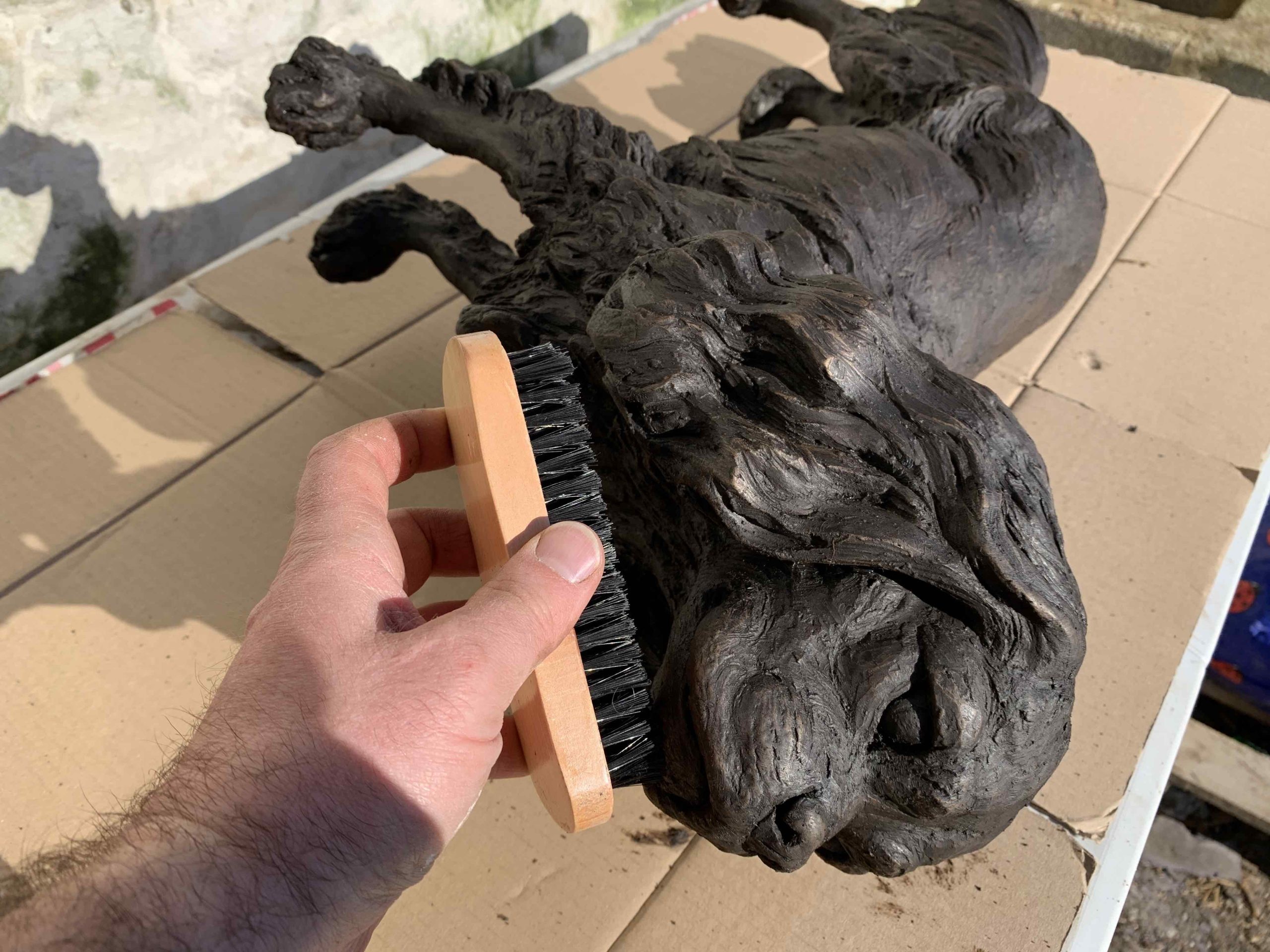
Allow your wax to cool and harden before buffing your bronze statue. Leave it to harden for a day for best effect, though you can buff sooner than that if needed. Try not to leave any areas of thick wax – these will soften on a future warm day.
Maintaining Outdoor Bronze Sculptures FAQs
What do I do if my sculpture looks damaged and needs repairing?
If your Bronze Resin or Foundry Bronze metal statue has sustained a deep scratch or a small area of impact damage that is still visible even after a re-wax, consider our page: ‘Repairing your bronze statue / Scratches, Cracks and Accidental Damage’
Can bronze corrode?
Neither Foundry Bronze metal or Bronze Resin corrodes in normal conditions.
There is a rare condition that can be suffered by a Foundry Bronze metal statue is chloride corrosion, known as ‘bronze disease‘. This sounds scarier than it is, because it is almost wholly limited to historic artifacts taken from the seabed and from shipwrecks.
For the purpose of this page on maintaining bronze sculpture, the best advice we can give is to avoid placing a foundry bronze statue in the sea or in a swimming pool.
If you do wish to place your sculpture there, consider a Bronze Resin, or even a non-cuprous (non-copper-based) resin like Stone Resin. Also, stone or concrete may also be preferable materials for in-pool or salt water statues. Excessive exposure to salt water or pool water by very near proximity (like beside the diving board, or a pool fountain) is also a good reason to use a different sculpture material. However, if you simply own a property on the coast or you have a pool somewhere in the garden, the waxing process will adequately protect your Foundry Bronze metal sculpture.
Explore Related Articles
ASTON VILLA F.C. unveils my Lion to celebrate their 150th year
Due to be unveiled in May, I have created a to scale clay, which is now being cast in Foundry Bronze metal
How to measure your dog in a Lying Down pose, for a customised statue commission
If you think you might want a statue in the future, it can be a good idea to take some measurements of your own dog. Here’s how to measure them in a lying down position.
Sculpture plinths, pedestals and columns for statues
Finding the right plinth or pedestal for your statue: including a list of suppliers, some examples of different type of pedestal, how to make your own a plinth, how to fix a statue onto a plinth.

Tanya Russell MRBS
Bronze Sculptor
Tanya Russell has become well known over the last 30 years for her life-like and vibrant animal sculptures.
Having apprenticed for 7 years with her parents, sculptors Lorne McKean FRBS and Edwin Russell FRBS and after practicing as a sculptor for a number of years, she founded the The Art Academy in London Bridge, now a thriving art college. She has completed many public and private commissions nationally and internationally.
For Tanya, her practice is not only about capturing the animals she sculpts with marks and movement. It’s about our relationships with those animals and their welfare.

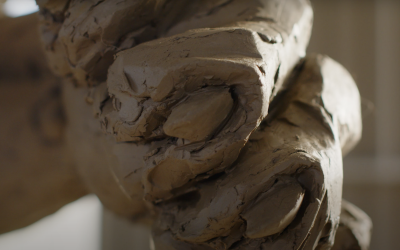
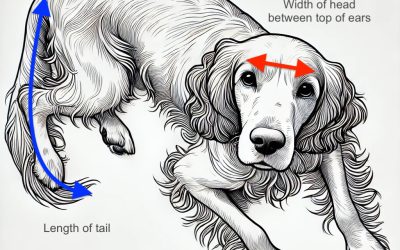
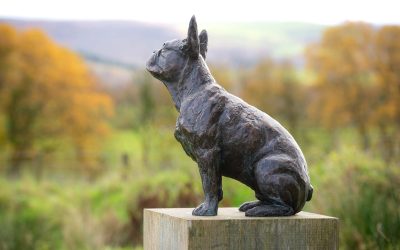
Follow The Artist
Keep up to date with Tanya's latest work!